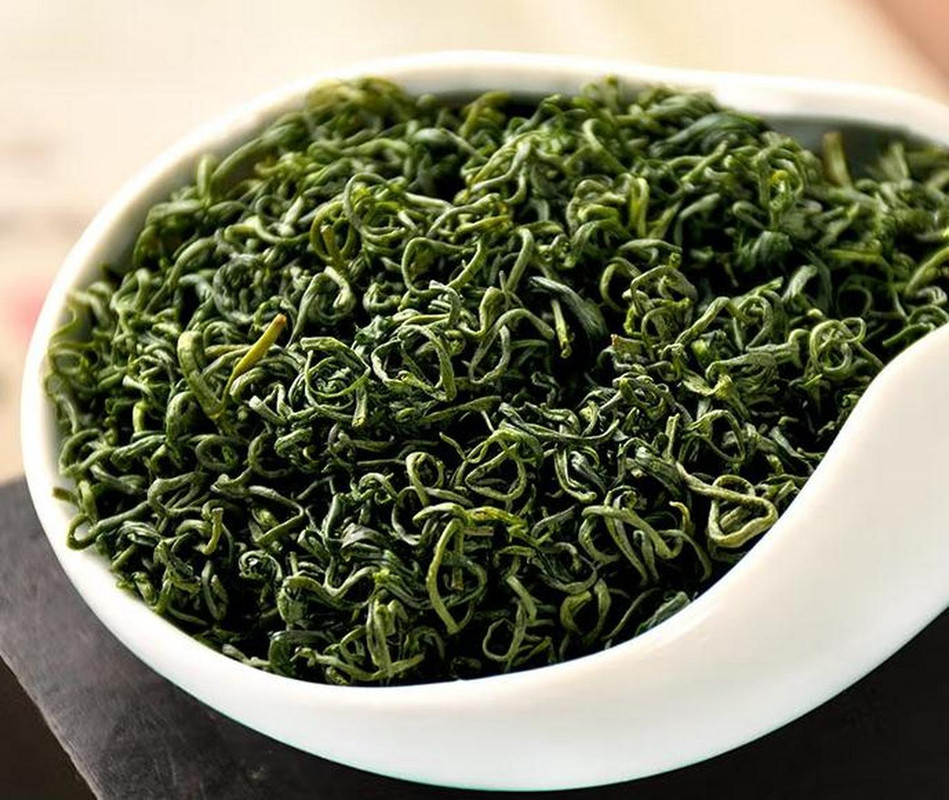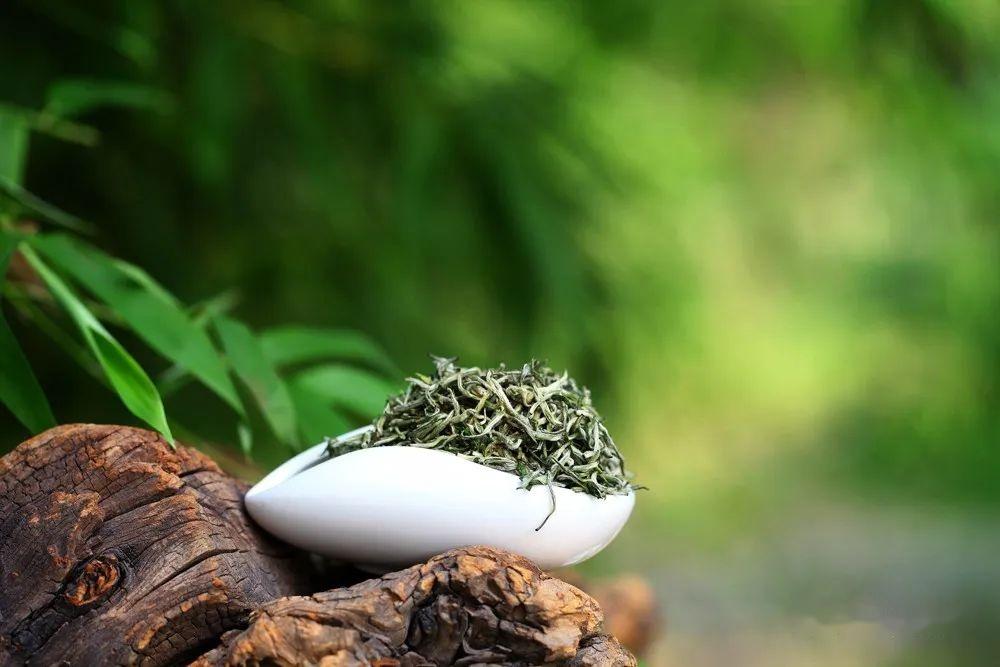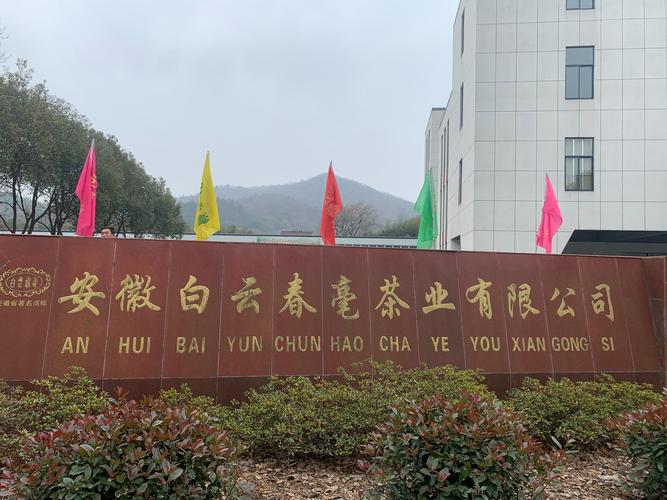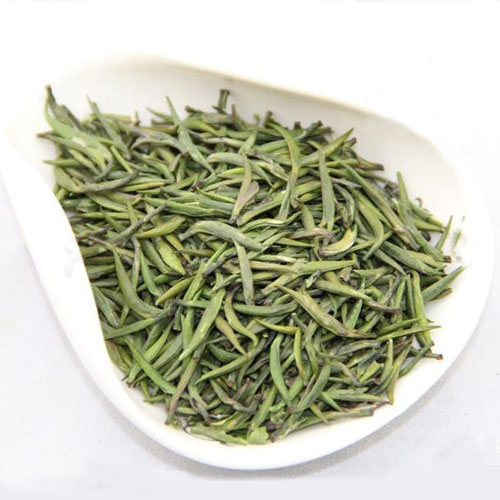Nestled in the mist-clad slopes of China’s Yellow Mountain region, 屯溪绿茶 (Tunxi Green Tea) has captivated tea connoisseurs for centuries with its delicate balance of flavor, aroma, and health-giving properties. Often hailed as “green gold,” this historic tea embodies the essence of Anhui Province’s terroir and craftsmanship.

Origins & Heritage
Tunxi Green Tea’s story begins in the Tang Dynasty, when tea merchants from Tunxi—a bustling hub in Huizhou (modern-day Huangshan City)—began trading leaves sourced from the surrounding highlands. By the Ming Dynasty, its reputation had spread globally, with records showing exports to Europe as early as the 17th century. The tea’s name derives from its historical collection and processing center in Tunxi, though its true birthplace lies in the lush valleys of Xiuning, Shexian, and Qimen counties, where ancient tea bushes thrive in cloud-kissed terrain.
Terroir & Craftsmanship
The tea’s distinct character is forged by its unique environment:
- Growing Conditions: Cultivated at altitudes of 400–800 meters, the bushes benefit from diffused sunlight, acidic soil enriched by decomposing granite, and pure mountain springs.
- Harvesting: Plucked from mid-March to early May, the leaves undergo meticulous selection—only the bud and one adjacent leaf are chosen for premium grades.
- Processing: Two primary methods define Tunxi Green Tea:
- Pan-Frying (Chaochun): Leaves are tossed in iron woks at 200–240°C to halt oxidation, preserving their emerald hue and fresh grassy aroma.
- Baking (Hongqing): A gentler method using bamboo trays over charcoal, yielding a mellow, toasty flavor.
Subsequent steps include rolling, shaping, and drying, with artisans often adding floral accents like jasmine during the Qing Dynasty.
Aesthetic & Sensory Profile
- Appearance: The dried leaves range from needle-like (for premium grades like Zhenmei) to slightly curved, with a silvery sheen from trichomes.
- Liquor: Brewed to a pale jade, the infusion exudes orchid and chestnut notes, followed by a lingering sweetness.
- Mouthfeel: Light-bodied yet brisk, it delivers a refreshing astringency without bitterness, thanks to its high amino acid content.
Grading & Pricing
Tunxi Green Tea is classified into over 20 grades, with Teji (Special Grade) being the pinnacle. Prices fluctuate based on plucking season, craftsmanship, and presentation:
- Bulk: ¥80–¥600/kg (entry-level to premium)
- Gift Boxes: ¥200–¥1,500/box, often featuring hand-tied leaves shaped like orchids or pine needles.
Brewing Rituals
To unlock its full potential:
- Water: Use soft spring water heated to 75–80°C.
- Teaware: Glass or porcelain gaiwans to admire the unfurling leaves.
- Ratio: 3g tea to 150ml water.
- Infusions:
- First steep: 1 minute (awakens the leaves).
- Subsequent steeps: Add 30 seconds per infusion (up to 4 times).
Health Benefits
Modern science corroborates centuries-old wisdom:
- Antioxidant Powerhouse: Rich in catechins, it combats free radicals linked to aging and cancer.
- Metabolic Boost: Caffeine and L-theanine synergize to enhance focus without jitters.
- Cardiovascular Support: Regular consumption may lower LDL cholesterol and improve circulation.
Authenticity & Legacy
As demand grows, counterfeits emerge. Authentic Tunxi Green Tea bears:
- Geographical Indication (GI) Tags: Certified by the Anhui Provincial Government.
- Distinct “Frosted” Appearance: A white dusting from broken leaf cells during processing.
- Complex Aroma: Floral and vegetal notes without artificial additives.
From imperial tributes to modern wellness rituals, 屯溪绿茶 remains a bridge between tradition and vitality—a sip of China’s living heritage.



